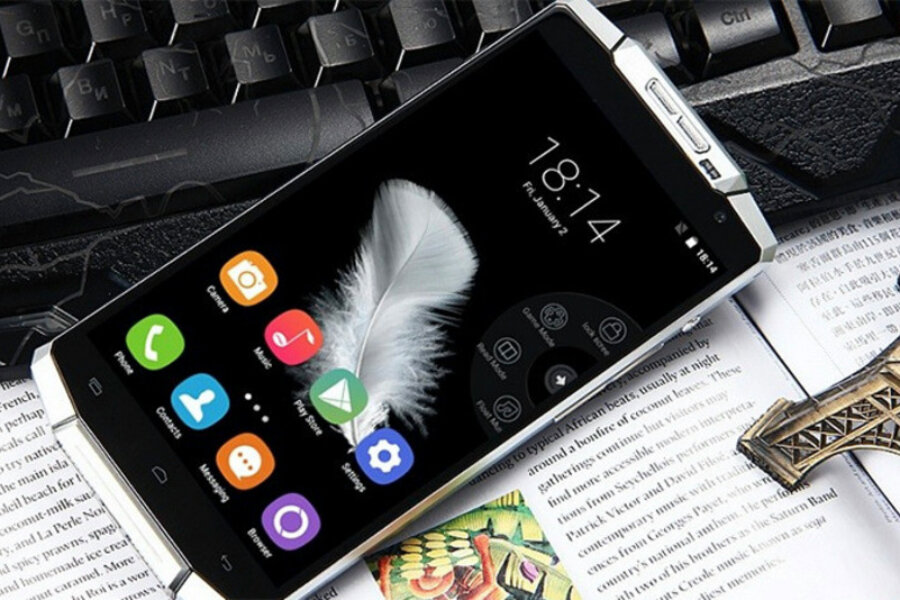Chinese smartphone maker claims new phone lasts ten days between charges
Loading...
By most metrics, smartphones keep on getting better: bigger, brighter screens, faster processors, and more capable software. But the average battery life of a handset has stayed about the same for years. Plug your smartphone in each night, and you’ll probably have just enough juice to make it through a full day.
But Oukitel, a Chinese smartphone manufacturer, has made a phone that it says will last much, much longer. The K10000 handset, named for the size of its battery, can last between ten and fifteen days on a single charge, according to the company. That’s because the 5.1-inch phone houses a massive 10,000 mAh battery, which has more than thrice the capacity of the similarly-sized Samsung Galaxy S5. The K10000 is unusually thick – about half an inch, compared to the iPhone 6S Plus’s 0.29-inch profile – but otherwise has pretty standard smartphone specifications.
The K10000’s battery may be much larger than normal, but it relies on the same lithium-ion chemistry that has powered most electronic devices since the mid-1990s. Lithium-ion batteries have actually gotten about three times more efficient since then, but the devices they power have improved more than a thousand-fold in the same time. The result is that each new iPhone and Android phone lasts about a day in between charges, just like their predecessors, and advances in battery life usually come from finding ways to put bigger batteries into phones.
There have been promising advances in battery technology in the past few years, although these new constructions haven’t yet made it into consumer electronics. Last year researchers at the US Department of Energy proposed a sponge-like silicon battery construction that could improve energy density by 30 percent. A few months later researchers at Stanford University built a prototype aluminum-ion battery that can charge from empty to full in under a minute. And this summer a California startup began building flexible, paper-thin zinc batteries that could eventually power smartphones and other electronics.
But new developments take a long time to move from the lab into consumers’ hands. Researchers have to prove that their batteries are inexpensive to manufacture, offer improvements over tried-and-true lithium-ion technologies, and can operate in tight spaces over thousands of discharge cycles without overheating.
In the meantime, people who want to use their phones for days in between charges can use battery cases such as the one recently introduced for the iPhone 6 and 6S – or look to handsets with gargantuan batteries such as the Oukitel K10000.








